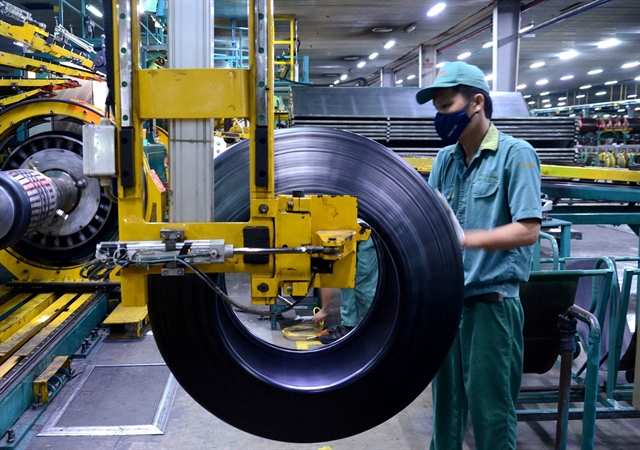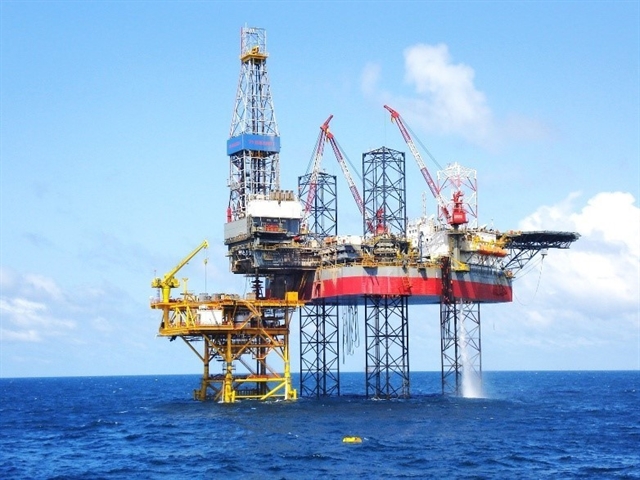 Economy
Economy

 |
| Workers in HCM City make shoes for export to the EU market last year. — VNA/VNS Photo |
HÀ NỘI — Việt Nam’s growth forecast for 2024 has been revised upward to 6.4 per cent from 6.0 per cent and for 2025 to 6.6 per cent from 6.2 per cent, according to the Asian Development Bank (ADB).
The ADB also noted that strong trade performance, a resurgence in export-led manufacturing and ongoing fiscal stimulus measures drove Việt Nam’s economic growth to 6.8 per cent for the first third quarters of 2024.
The robust rebound in export-led manufacturing and trade, bolstered by the resilient US economy, is expected to continue supporting GDP growth.
Accelerated public investment and accommodative fiscal and monetary policies are anticipated to further stimulate domestic demand. Despite the severe impacts caused by Typhoon Yagi, the swift Government response and recovery efforts limited the impacts on growth.
Asia and the Pacific's economic growth is expected to remain stable this year and next. However, potential policy changes under the President-elect Donald Trump administration in the US could impact the region's long-term outlook.
The report released by ADB highlights that changes in US trade, fiscal and immigration policies could dent growth and boost inflation in developing Asia.
Meanwhile, Southeast Asia's growth forecast for this year has been upgraded to 4.7 per cent, up from the earlier estimate of 4.5 per cent, supported by stronger manufacturing exports and robust public investment spending. The forecast for next year remains unchanged at 4.7 per cent.
According to the report, the sub-region’s manufacturing and trade sectors benefited from the global electronics upturn and shifts in global supply chains, with high-income tech exporters seeing gains from rising semiconductor sales.
Growth picked up in Malaysia, Thailand, Singapore and Việt Nam, supported by domestic demand, lower inflation and sustained public investment.
While Việt Nam sees rising foreign investment, other Southeast Asian economies like Indonesia and the Philippines are on track to meet previous growth forecasts.
However, geopolitical tensions, trade fragmentation and severe weather events, pose risks to growth, particularly in agriculture and infrastructure. — VNS




